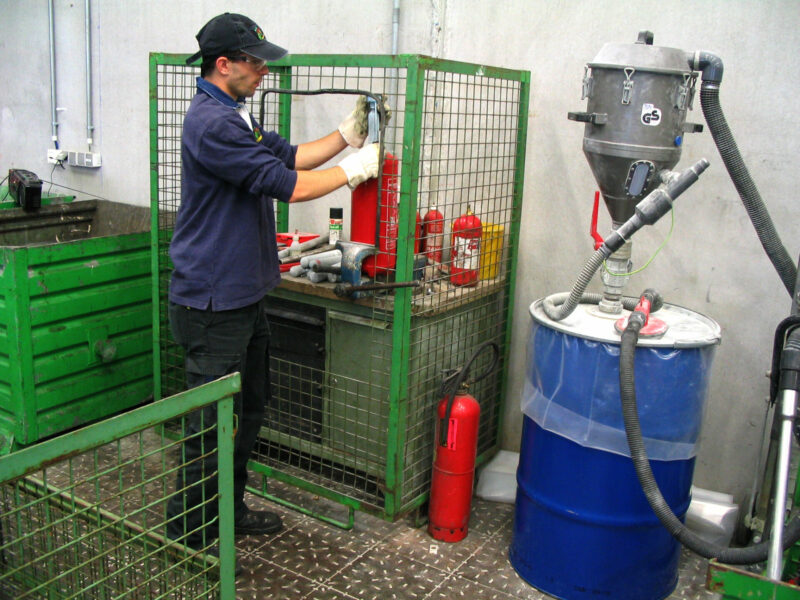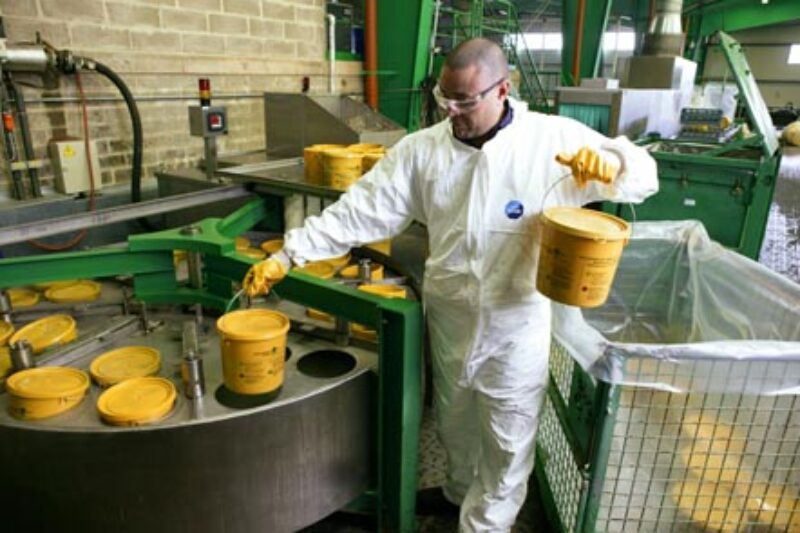Reverse production – the better the handling and sorting, the better the recycling
Trucks and service centers are unloaded in the SDK-Center , the substances are controlled and temporarily stored in appropriate warehouses. Product type and quantity are recorded in a database. Thus, it is possible to know at any time which product and in which quantities is stored in the SDK-Center.
The safe storage of substances until the final quality control or treatment is most important. The shelves in the warehouse of dangerous substances comply with highest safety standards (storage shelves with collection containers and sensors for leakage detection and inflammable mixtures), and substance groups are stored in accordance with their danger potential and chemical characteristics.

Some of the substances undergo a second sorting in the logistics center, mainly to achieve a higher recycling rate by eliminating third substances and products that were dropped into the containers by mistake, to identify unmarked substances and to sort substances in accordance with the requirements of the waste recipient. A detailed sorting is for instance carried out for lamps, plastic materials, used electric appliances, cables, medication and chemicals.
A large amount of waste needs to be treated. Liquids as for instance grease and oil are filled into other containers for a better packaging and quality control. Shredding is a form of treatment to achieve a reduction in volume (bumpers, mixed plastics, empty containers) as well as is the separation of metals.
After the treatment, all the containers are labeled and stored in the warehouse for dangerous or valuable substances until their transport to the waste recipient. The authorized transport containers are labeled to allow at any time a verification as to the danger of the products they contain. This is particularly important to guarantee a safe transport.

